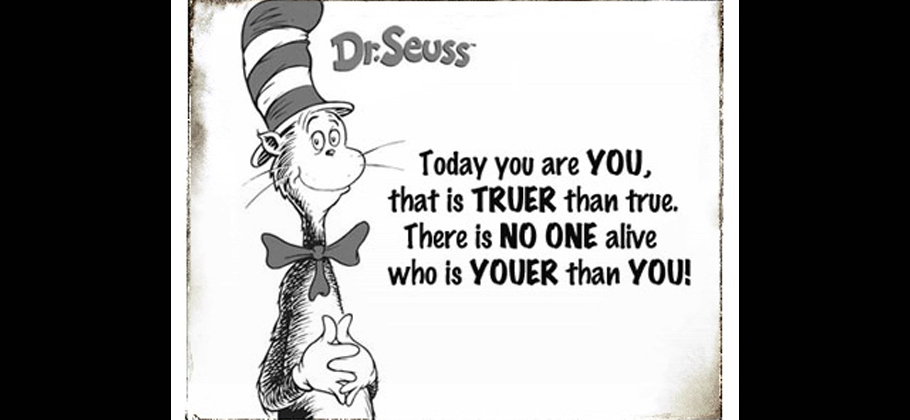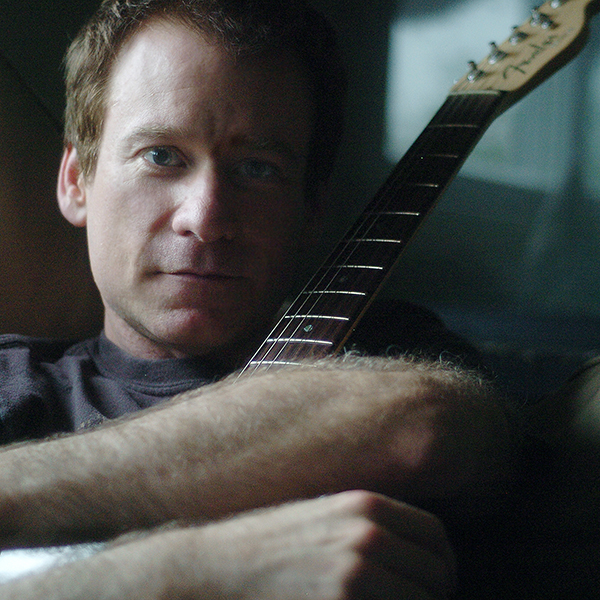by Clay Mills
Apr 1, 2024

Songwriters & Rhymes
Last week I wrote with a talented young songwriter who was obsessed with finding a fresh, new rhyme at every turn of the songwriting process. “Surely we can use a rhyme here that no one’s thought of”, he said, several times. That got me thinking after the session about rhymes and my approach to them. To put into words what I’ve always instinctively known: it’s what’s between the rhymes that matters most.
Conversational Lyrics
Most popular music forms strive to be conversational. Lyrics sound like talking. If they are too clever with big, unusual words, you’re sunk. Unless you’re writing a Broadway tune, you’re most likely not going to use rhymes like:
In view of her penchant
For something romantic
De Sade is too trenchant
And Dickens too frantic
Although these are beautiful, well-crafted Sondheim lyrics, “trenchant” is probably not going to fly in a Pop, Rock, or Country song. Let’s contrast this with the most recorded Pop song of all time:
Yesterday, all my troubles seemed so far away
Now it looks as though they’re here to stay
Oh, I believe in yesterday
Suddenly, I’m not half the man I used to be
There’s a shadow hanging over me
Oh, yesterday came suddenly
What a beautiful song! Paul McCartney was not concerned with the fact that he was rhyming “be” with “me.” He didn’t pull out a rhyming dictionary in search of a totally fresh rhyme for “be! “Why not? Because it’s what’s between the rhymes that matters. What you are trying to say is 1000% more important than how you rhyme a word!

Breaking The Rules
To prove my point further, I wrote a song called “She Thinks She Needs Me,” recorded by Andy Griggs. It was one of my first hits on radio. The second verse went like this:
Sometimes she cries on my shoulder
When she’s lying next to me
But she don’t know that when I hold her
She’s really holding me
Now my co-writers and I could have spent 10 minutes fixing this lyric. I mean, we rhymed “me” with “me!” The same word! But what the lyric was saying between the rhymes moved us and we knew it would move others. We felt chill bumps when the music was added. So, we left the imperfection of rhyme to keep the perfection of a line. And this song has reach more people and had more affect on peoples hearts than any perfect inventive rhyme scheme we could have written.
Rhyme should be secondary to what you want to say…
I’m not suggesting today as you write that you should’t strive to create a new and fresh rhyme. This is always nice to hear. But it should be secondary to writing conversationally and cutting to the heart of the matter. I’ll leave you with one of the most cut-close-to-the-vein, beautiful lyrics I’ve ever heard. It’s from legendary songwriter Jimmy Webb. He’s not using fancy rhymes. Instead, he’s creating art between the rhymes that will live long after he leaves this earth.
But the ending always comes at last
Endings always come too fast
They come too fast, but they pass too slow
I love you, and that’s all I know
Write On! ~Clay
share
Write Better Songs Faster
Songwriting Success is Clay & Marty's 10-day video series that will help you level-up your songs and finish them faster. Enter your email address to get started!



